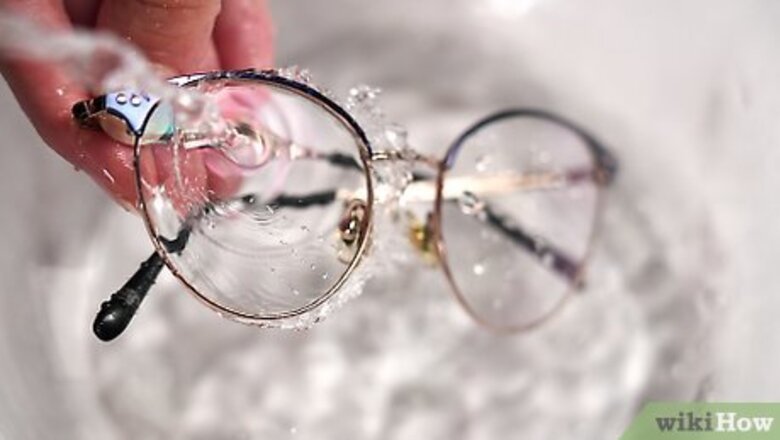
views
- Use your finger to rub a drop of dish soap onto each lens, then rinse with warm water and dry your glasses with a microfiber cloth.
- Alternatively, spray eyeglass cleaner on your lenses, then wipe them off with a soft microfiber cloth.
- Wash your microfiber cloth regularly without fabric softener and let it air dry.
Cleaning Cloudy Lenses with Dish Soap and Water

Rinse your glasses with warm water. Wash your hands so you don’t transfer any extra dirt or grime onto your frames, then rinse your glasses under warm water. Some lenses have protective coatings on them—like for glare and scratch prevention—that can be damaged by hot water.
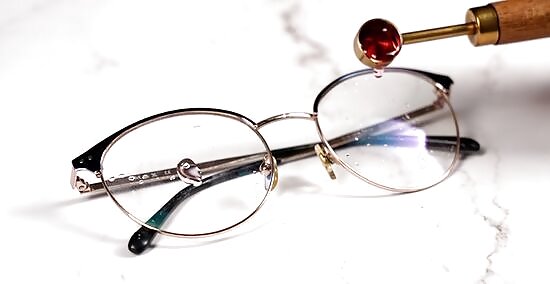
Use a drop of dish soap to clean each lens. Drip a pea-sized amount of dish soap onto each lens, then lather it with your fingers. Rub the suds all over the lenses, frame, and nose pads. Don’t use too much soap—if you’re not able to remove it all your glasses cloud up again. Use a cotton swab to scrub especially grimy areas. Use a dish soap with no added moisturizers or abrasives, like Dawn.
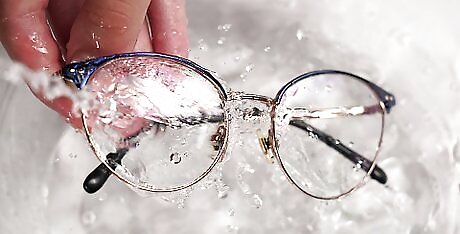
Rinse off the soap with warm water. Hold your glasses under a stream of warm water and keep rubbing the residual dirt with your fingers until it’s all gone. If the grime persists, soak your glasses in warm, soapy water for 10 minutes.
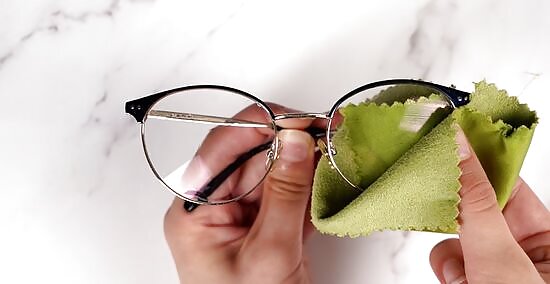
Dry your glasses with a microfiber cloth. Gently shake your glasses to get rid of excess water, then use a soft microfiber cloth to dry them off completely. Wipe the lenses in small, circular motions and don’t press too hard. If you don’t have microfiber on hand, soft, clean cotton can get the job done. Don’t use fabric that’s been treated with fabric softener, or it could leave streaks.
Cleaning Cloudy Lenses with Eyeglass Cleaner

Spray your lenses with glasses cleaner. Wash and dry your hands, then use a generous amount of eyeglass cleaner to cover the front and back of your lenses. These solutions are formulated to cut through grease and dirt without hurting any specialized coatings. Never use an ammonia-based cleaner on your glasses. It can strip your coatings and damage your sight if it gets in your eyes. It can be tempting to just give your glasses a spit-shine, but saliva is full of bacteria (and not a very good cleaner). To make your own eyeglass cleaner, fill a small spray bottle with 3 parts rubbing alcohol or witch hazel, 1 part water, and 1 drop of dish soap. Close the bottle and gently swirl the mixture to combine the ingredients.
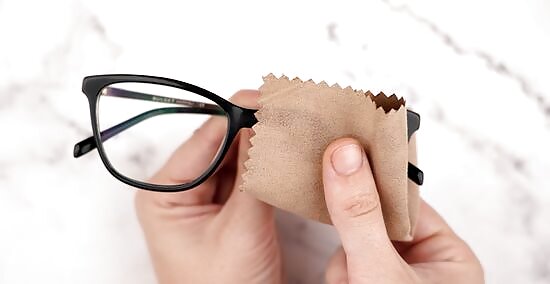
Wipe off the solution with a soft microfiber cloth. Rub the cloth in a circular motion to dry the lenses completely. If you don’t have microfiber, use a soft, lint free cloth, like cotton. Avoid using materials like paper towels, toilet paper, wool, or synthetic fabrics, which can scratch your lenses.
Eyeglass Care
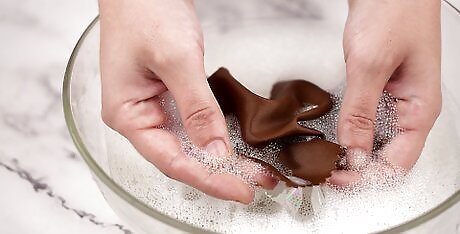
Wash your microfiber cloth regularly. The microfiber cloth that may have come with your glasses is ideal for cleaning your lenses, but even it becomes dirty over time. Regularly wash any cleaning cloth you use, and for microfiber cloths, wash them on cold, let them air dry, and never use bleach. If you’re in a hurry, dry your microfiber cloth in the drier on a low/no heat setting. Don’t use fabric softener on cleaning cloths or they’ll leave streaks on glasses. If you use a dusty cloth to clean glasses, the lenses will develop small pits and scratches over time, creating cloudiness.
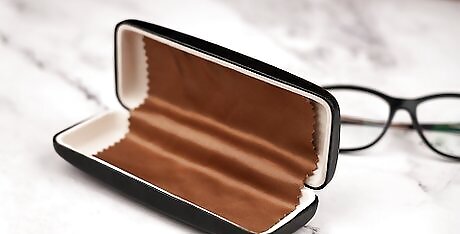
Store your cleaning cloth in a case or bag. The more dust and grime that gets on your lens cleaning cloth, the more damage it can cause your lenses over time. Keep your lens cloth cleanest by storing it in a glasses case or plastic baggie when not in use.
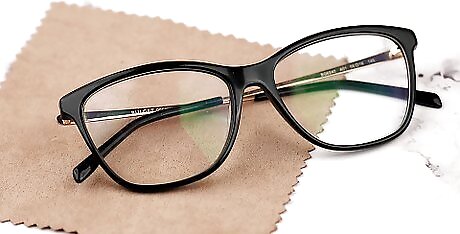
Clean your lenses regularly. Your glasses collect dust, dirt, and oil from your face and hands throughout the day. Cut down on your overall daily cloudiness by cleaning your lenses regularly with warm water and a drop of dish soap or glasses cleaner.
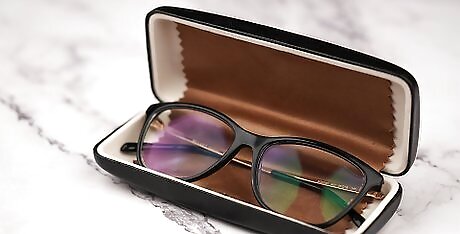
Keep your glasses in a case when you're not wearing them. This keeps dust from settling on the glasses and protects them from harm if they’re knocked over. Instead of placing your glasses on your bedside table at night, for instance, place them in their case and then put that on your bedside table.


















Comments
0 comment